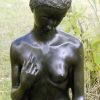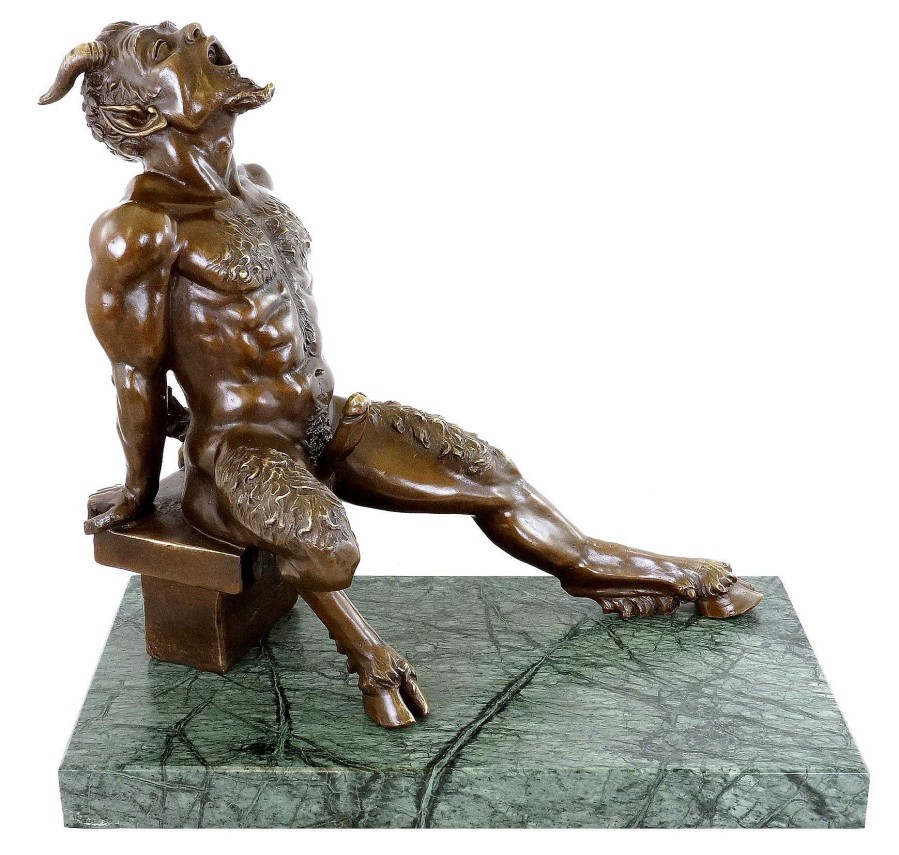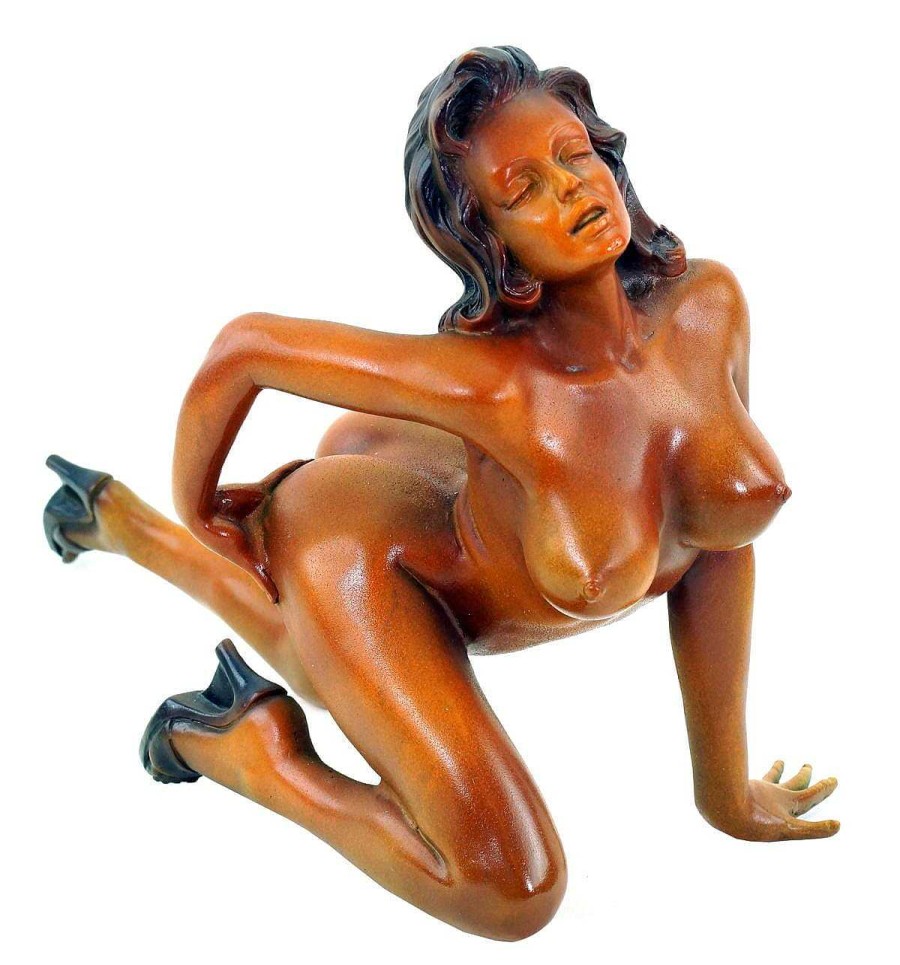Kunst & Ambiente Hermes – Messenger Of The Gods – Bronze – Signed Giambologna Garden Statues
£7,703.14 £78.45
Kunst & Ambiente Hermes – Messenger Of The Gods – Bronze – Signed Giambologna Garden Statues

“Hermes The Divine Messenger” Refers To Hermes, The Greek God Of Commerce, Thieves, Travelers, Sports, Athletes, And Guiding Souls To The Afterlife. He Is Often Portrayed As The Divine Messenger, Serving As The Messenger For The Other Gods, Especially Zeus.
Hermes Is Typically Represented With Certain Attributes, Including The Caduceus (A Staff With Two Intertwined Snakes), Winged Sandals, A Winged Cap, And A Purse. His Depiction Often Shows Him In Motion Or In A Pose That Emphasizes His Role As A Messenger Or Traveler.
Here Are Some Points About The Sculpture And Representation Of Hermes:
- Praxiteles’ Hermes: One Of The Most Famous Sculptures Of Hermes Is “Hermes With The Infant Dionysus” By Praxiteles. Found In The Temple Of Hera In Olympia, This Sculpture Depicts Hermes In A Tranquil Pose, Holding The Young Child Dionysus In His Arm.
- Role As Psychopomp: In His Role As The Guide Of Souls To The Afterlife, Hermes Is Often Portrayed In Art And Literature Guiding The Souls Of The Deceased Across The River Styx Into Hades.
- Hermes In Roman Culture: In Roman Mythology, Hermes Corresponds To The God Mercury. Mercury Too Held The Role Of Messenger And Was Often Depicted With Similar Attributes As Hermes.
- Variations In Art: Across The Centuries, Different Artists And Cultures Have Portrayed Hermes In Various Ways. While He Is Often Depicted As An Athletic Young Man In Classical Greek Art, There Are Also Portrayals Of Him As An Older, Bearded Man.
- Modern Reception: Hermes’ Image Remains Prevalent In Modern Contexts Through Various Brands And Symbols. For Example, The Caduceus Is Frequently A Symbol For Medicine And Healthcare.
In Conclusion, Hermes’ Role As The Divine Messenger And His Other Associations In Greek Mythology Have Secured Him A Lasting Place In Art And Culture. Sculptures And Other Depictions Of Him Offer Insights Into The Values And Beliefs Of The Cultures That Revered Him.
The Bronze Sculpture At The Left Is Made In The Lost Wax Technique. All Of Our Products Are Made Of 100 Percent Bronze. High Quality Is Our Top Priority. Due To The Constant Monitoring Of Work Processes, We Can Guarantee The Highest Quality Of Our Products.
Giovanni Da Bologna (1529 – 1608) Was A Flemish-Italian Sculptor. His Work Is Commonly Attributed To Mannerism, The Late Phase Of The Renaissance. He Made Numerous Sculptures Of The Italian Nobility, Especially For The Medici.Height: 1.70 M
Width: 0.8 M
Depth: 0.3 M
Weight: 39.0 Kg
100 % Bronze
Be the first to review “Kunst & Ambiente Hermes – Messenger Of The Gods – Bronze – Signed Giambologna Garden Statues” Cancel reply
Related products
Bronze Sculptures & Statues
Bronze Sculptures & Statues
Bronze Sculptures & Statues
Bronze Sculptures & Statues
Bronze Sculptures & Statues
Bronze Sculptures & Statues
Bronze Sculptures & Statues
Bronze Sculptures & Statues

























Reviews
There are no reviews yet.